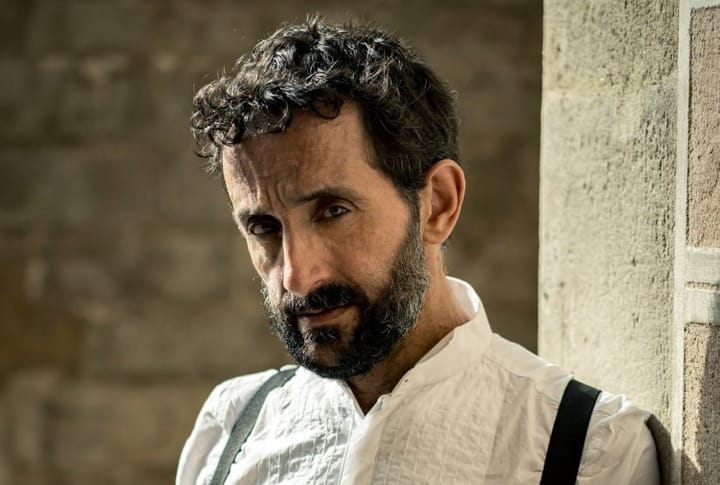How vision guides our steps in natural terrain: The brainscience of choosing paths

Walking through rugged landscapes isn’t just a matter of putting one foot in front of the other; it’s a complex dance between vision, decision-making, and physical movement.
Researchers have now explored how humans navigate uneven ground. Their findings reveal that walkers rely heavily on visual information to select stable footholds and plan their paths to reduce energy output.
Terrain shapes our movements.
Using photogrammetry, scientists recreated a 3D model of a terrain for participants to move around in.
They combined insights from eye tracking and motion analysis and found that depth information, like changes in height, strongly influences path choices.
Walkers often avoid steep steps and instead take longer, more gradual routes, demonstrating a clear preference for paths that reduce energetic costs.
Generally, people (who are not extreme hikers) prefer flatter, less challenging paths when navigating natural environments over steep or irregular ones.
This isn’t random; walkers actively assess the terrain ahead and adjust their steps to minimize physical effort.
Vision and planning go hand in hand.
Vision doesn’t just help us spot hazards, it helps us plan ahead. Walkers focus their gaze a few steps ahead, scanning the terrain to identify viable paths.
This proactive approach allows them to anticipate and avoid obstacles, ensuring smoother movement. By aligning eye-tracking data with reconstructed terrain maps, researchers discovered that walkers adapt their gait based on the complexity of the path, favoring routes that demand less abrupt movement.
A personalized approach to walking
Each walker’s decisions were influenced by their unique physical characteristics. For example, individuals with shorter legs are more likely to avoid steep climbs, opting for less direct but easier routes.
These findings suggest that locomotion is tailored not just to the environment but also to the individual’s body. This personalization underscores the balance between physical ability, sensory input, and strategic planning.
About the scientific paper:
First author: Karl S. Muller, USA
Published: eLife, December 2024
Link to paper: https://elifesciences.org/articles/91243




Comments ()